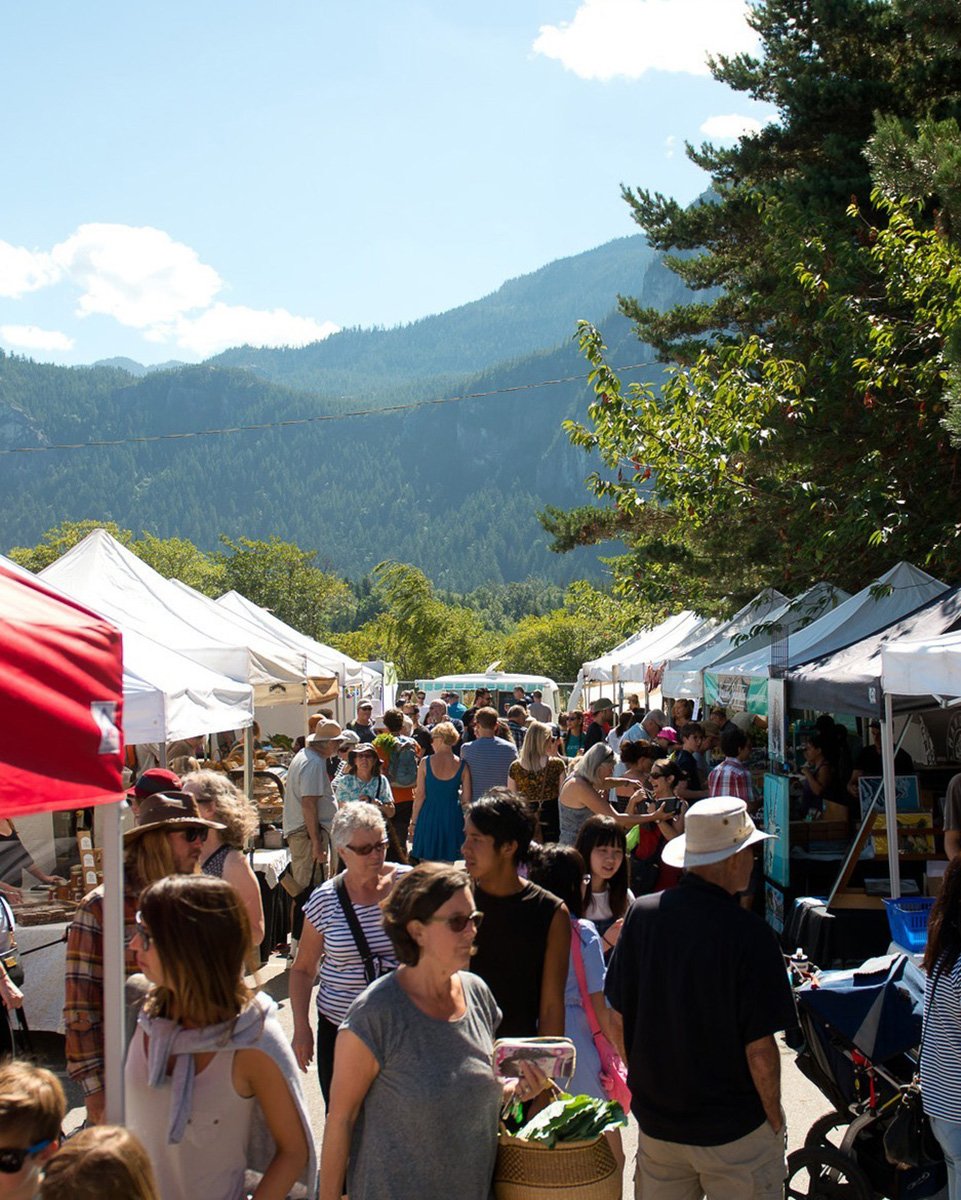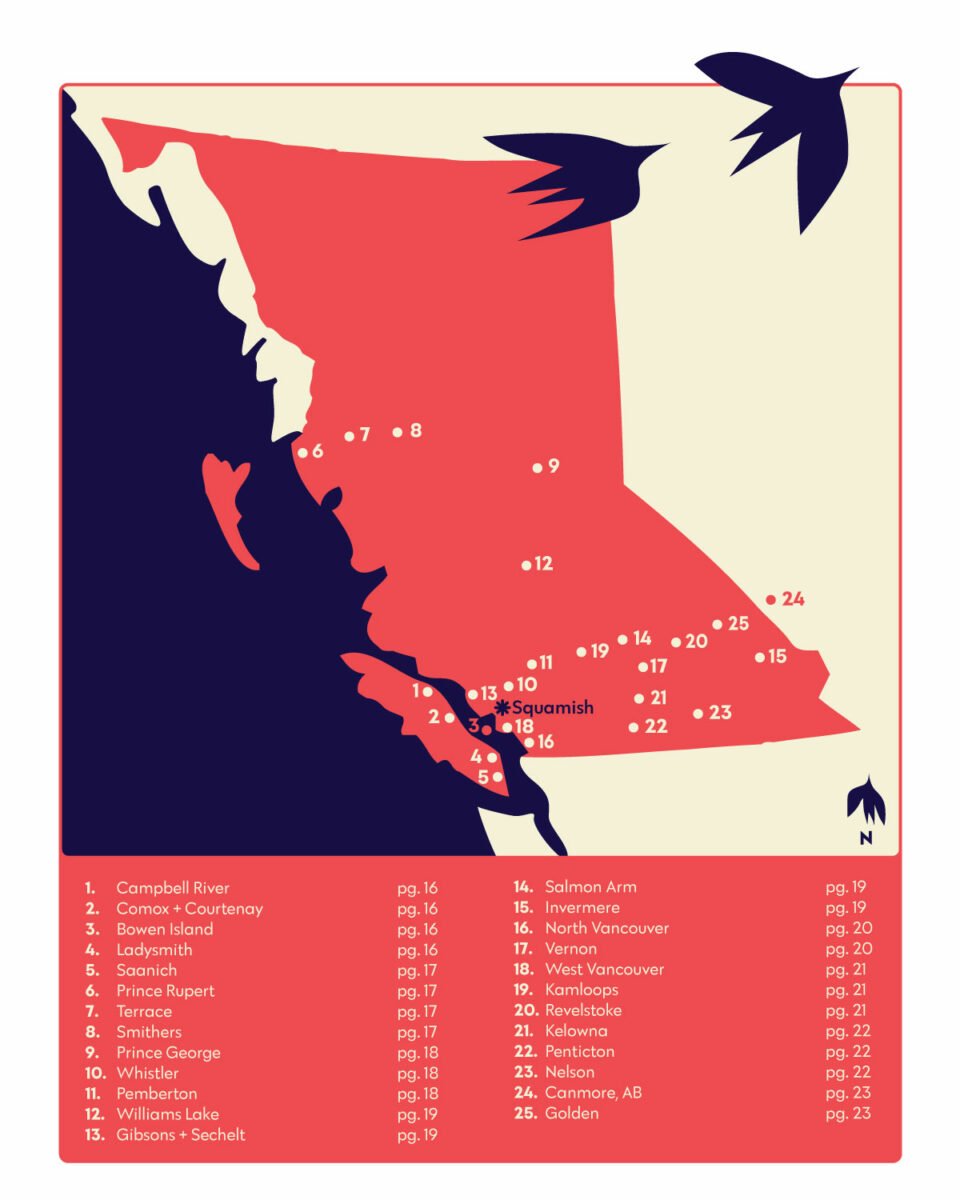Squamish is in the midst of a massive shift. According to the 2021 national census, the DOS’s population has increased 22% from the 2016 census, from 19,497 to 23,819 residents. This change is especially drastic when compared against the province’s average rate of 5.2%, earning the DOS the distinction of being the fourth fastest-growing subdivision in B.C. Within these numbers a cultural shift is taking place as well. A town once dominated by resource extraction jobs with a reputation for being an outdoor, adventure-sport mecca , is now expanding it’s identity. While there has been much written about the issues caused by this growth, it is important to note that it has also created an influx of residents who identify as belonging to the arts community. To properly understand the current and future needs of Squamish’s creative community it is necessary to conduct a thorough review of the current state creative spaces within the community.
This section of the document contains two studies of creative spaces. The first looks at the DOS, and the second widens the lens to examine the facilities which exist in 25 British Colombia communities.

Squamish has always been a community of creatives. While resource related jobs and outdoor adventure-sport activities have long dominated the image of the community, there is also a vibrant collection of artists and artisans whom reside here. As the community’s broader identity has shifted, so too has its artistic identity. Home to Indigenous artists and more recently, film industry workers, these disciplines have been joined by an increasingly diverse list of creative professionals and hobbyists. Today, Squamish houses performing arts such as musicians, dance and theatre companies, and circus arts; visual artists that exhibit, teach, and offer workshops; and Indigenous artists that cover a wide range of disciplines. While the growth of the creative population is something to be celebrated, it is imperative that Squamish provide spaces for these groups or else risk their departure to better serviced communities.
This study presents an extensive list of spaces available to the creative community, both for creating and display. All ownerships types have been included and the artistic disciplines that use each space have been identified.
The findings from this study show that there is a severe lack of designated spaces for all types of creatives. Squamish Arts runs three small community galleries, mostly located in private lobbies. These provide an opportunity to show small amounts of art in Squamish but no opportunities to gather and celebrate around that art.

To properly contextualize the micro-scaled study of Squamish a macro-scaled study of British Colombia was undertaken. This study looked at 25 communities across the province, selected based on their similar sizes (as per 2021 Canadian Census data) and/or context to Squamish. Arts based facilities, excluding purely privately owned ones, were investigated. The following pages feature a comprehensive list of the community spaces and the artistic disciplines that they serve.
This study revealed that every community has designated arts facilities. Many communities, such as Canmore and Penticton, benefit from a historical legacy of arts facilities and/or municipally owned heritage structures which create a rich cultural base to build upon. While Squamish lacks a large register of historical properties to adapt, it should still look to these communities as examples for funding models and facility typologies. Alternatively, communities that lack these historical bases, such as Whistler and Revelstoke, have been able to harness the capital that comes with being tourism meccas and direct funding into building new facilities. Bowen Island, a community that lacks both of these factors, offers another alternative. Through a cohesive community desire and focused vision they were able to build a new multipurpose facility that serves as an exemplary model for Squamish.


37950 Cleveland Avenue (in Pavilion Park)
2670 Stn Main, Squamish B.C. V8B 0B8